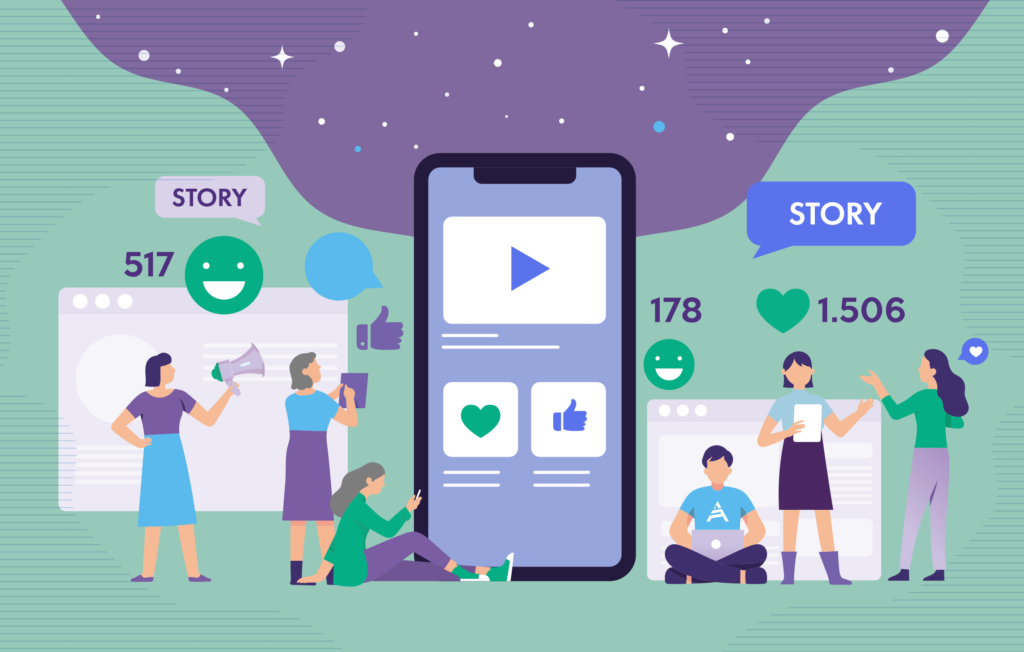
Influential creating needs to have a solid contact us to activity
The assistance to “regularly ask” has actually been actually developed into a heroic-sounding advertising and marketing condition contacted decision to activity, as if heralds were actually seeming as well as leads were actually walking off to battle even if you put a number of terms at the end of your copy.
The term might sound a little bombastic.
The fact is, once you’ve gained your reader’s attention (with great headline writing and a strong blog post introduction) and presented all of the benefits she’ll get by taking the action you want, you still have one more hoop to jump through.
You need to tell your reader exactly what to do, how to do it, and that you want her to do it right now.
How to Be a Copywriter (The Sneaky Trick You Must Learn).
A few basic questions can help you start learning how to be a copywriter: Are your readers already doing what you want them to do? Are they signing up for your email newsletter, registering for your membership site, or downloading your ebook?
If not, you need to study a master craftsman’s copywriting secret.
This technique is like a remote control that gets your readers to take action. Press this “magic button” and you’ll see your results improve dramatically.
The secret, masters-only technique to compelling your readers to act is to …
Ask them.
5 master copywriter secrets.
Annoyed? Think I’m pulling your leg?
There’s nothing tricky or magical about getting someone to do something by just asking them? That’s completely obvious.
And most copy doesn’t do it.
Which is why most copy gets weak results.
These five pro copywriter secrets are simple, but powerful enough to immediately transform your digital business.
1. Persuasive writing needs a strong call to action.
The advice to “always ask them” has been turned into a heroic-sounding marketing term called the call to action, as if trumpets were sounding and prospects were marching off to war just because you inserted a couple of words at the end of your copy.
The term might sound a little bombastic.
The fact is, once you’ve gained your reader’s attention (with great headline writing and a strong blog post introduction) and presented all of the benefits she’ll get by taking the action you want, you still have one more hoop to jump through.
You need to tell your reader exactly what to do, how to do it, and that you want her to do it right now.
Looking for Content Marketing Services?
Digital Commerce Partners is the agency division of Copyblogger, and we specialize in delivering targeted organic traffic for growing digital businesses.
LEARN MORE.
2. Make it specific.
Let’s look at a call to action example from copywriting master Gary Halbert.
He liked to include seemingly insane levels of detail, and his copy would end with something like:.
” Call (specific 800 number). You’ll talk with a woman named Robin in a blue sweater who will ask you, ‘Would you like the large size or the jumbo?’ Tell her you want the jumbo.
” She’ll ask you for your mailing address where you can receive packages, and you’ll give it to her.”.
He goes on and on like that for quite some time. If you want someone to get on board with your offer, it does make sense to get that specific?
Still, for the beginning copywriter, it feels like a strange, awkward technique that’s going to “look weird.”.
For the reader, in the context of taking action that might cost some money, inconvenience, or time, this level of detail creates a solid, comfortable understanding of what to do next and what to expect.
If you want your reader to take action, use highly descriptive language with clear, concrete details. Don’t leave any question about what you want to see happen.
And don’t be afraid to be a little “too obvious.”.
3. Your readers are not dumb; they’re distracted.
As you’re writing, you’ll think you have made yourself stupidly clear.
You spent 14 hours on that lengthy article describing your fascinating new digital product. You followed up with a 12-part series on your blog and an autoresponder sequence of 20 emails.
To you, anyone can see what to do next– your reader should click through to that PayPal button and order your new work of genius.
The reality isn’t very appealing.
Ron Reader may have found one of your posts (maybe # 3 out of that carefully planned series of 12) from a link on Twitter and spent 30 seconds skimming the subheadings.
He read the first sentence twice because he thought it was funny, and then skipped down and read part of the last paragraph.
You got lucky– instead of exiting your post and going back to his Twitter timeline, Ron’s boss came up behind his cube and Ron had to think fast. He brought up a spreadsheet to look like he was working.
An hour later, Ron’s cousin sent him a link to a cute cat video on YouTube, and Ron spent the next 20 minutes surfing videos of dogs drinking beer. He wrapped up that really overdue report while eating a bag of Fritos and catching up on email.
Four minutes before he shut down for the day, Ron noticed your post again, so he read your first paragraph and one of the sections that looked kind of interesting …
4. Compete for attention as a copywriter– and win.
Your readers are not dumb. They do have a lot of other things competing for their attention.
No, Ron Reader is not going to know what to do next unless you spell it out with painful clarity– and probably tie a giant red ribbon on it while you’re at it.
It might be hard to believe, but many hurried and distracted users don’t instantly get that they are supposed to “click here.” You have to tell them.
5. Being clear isn’t the same as talking down to your reader.
Granddaddy copywriter John Caples wrote about this very point way back in 1932.
When you see the word “ad,” substitute “cornerstone content” or “landing page.” You could even substitute “list post” or “email subject lines for sales.”.
All persuasive writing is built on the same foundation.
” Don’t make ads simple because you think people are low in intelligence. Some are smart and some are not smart.
” The point is that people are thinking about other things when they see your ad. Your ad does not get their full attention or intelligence. Your ad gets only a fraction of their intelligence … People won’t study your ad carefully.






